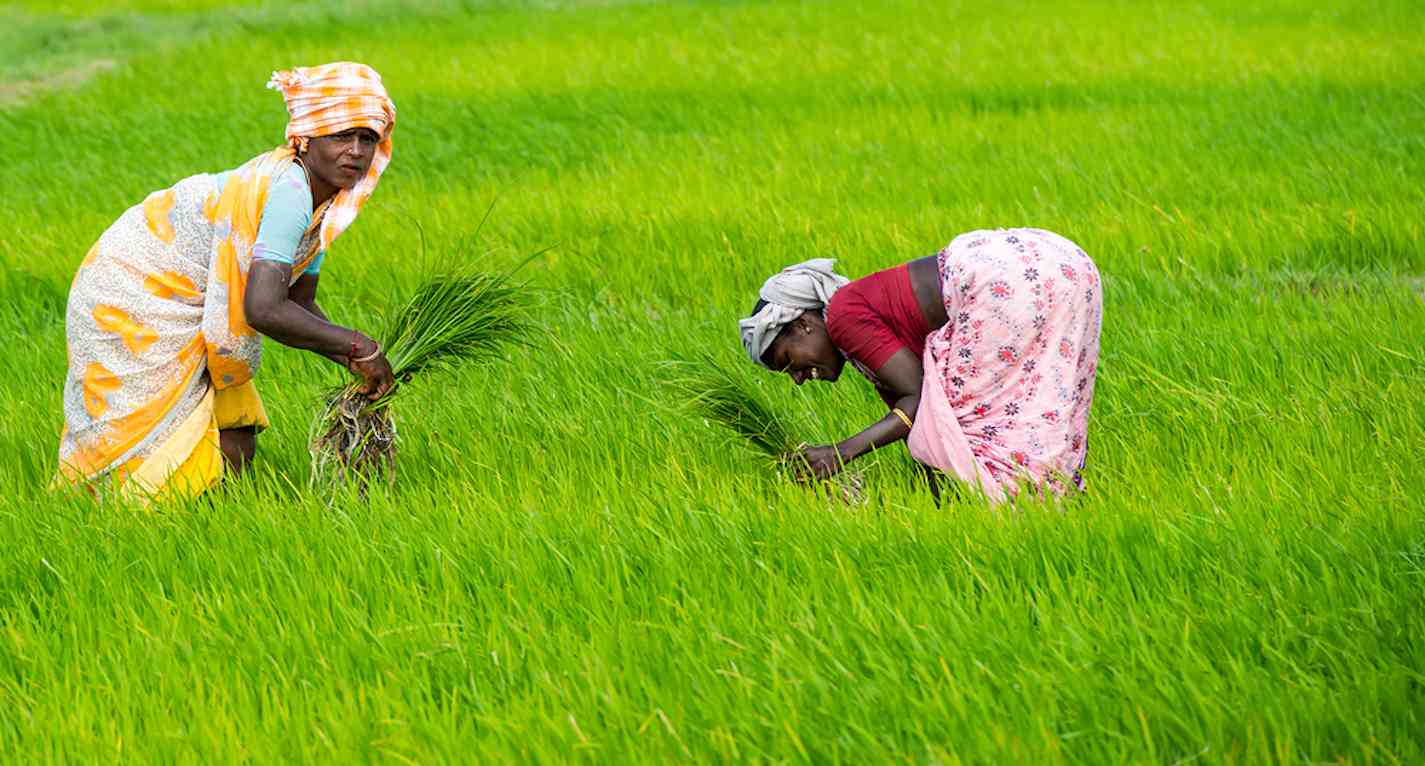
EVERY aspect of our everyday lives involves the use of plastic in one form or another. From electronics to water bottles and cars to children’s toys, there seems to be an insatiable demand for products crafted from fossil fuel-based material.
This results in immense environmental strain as landfills spill over into the natural environments and oceans, leaving traces of plastic in our soil and water sources.
Plastic waste is becoming an issue that we can no longer choose to ignore, as our beaches, cities, and land are littered with plastic that will never biodegrade and disappear. This necessitates a search for new materials for manufacturing products.
Are bioplastics the answer? It can serve as a plastic material that is kinder to the earth but does not compromise on its capacity to fulfil global demand.
Bioplastics can be either bio-based or crafted from fossil-based feedstocks and can be either biodegradable or non-biodegradable. When a bioplastic is bio-based, it means that it is made from a feedstock such as sugarcane, corn, wood, or glycerol, to name a few. Biodegradability describes the material’s ability to decompose and ultimately disappear in natural or industrial conditions.
Examples of biodegradable bio-based plastics include but are not limited to PLA, Bio-PET, and PHA.
Bioplastic production capacity, compared to plastic production capacity, is skewed in favour of cheap, widely available fossil-based plastics, exhibited in its 1,05% market share in 2024.
Globally, over four million tonnes of plastic are produced yearly, and this is expected to increase to nearly five million tonnes by 2028. Therefore, the four thousand tonnes of bioplastic seems insignificant on this scale but is growing at an annual rate of almost 18%, which is definitely in the right direction.
- Open letter to President Mnangagwa
- Feature: ‘It’s worse right now than under Mugabe’: Sikhala pays the price of opposition in solitary cell
- Masvingo turns down fire tender deal
- Human-wildlife conflict drive African wild dogs to extinction
Keep Reading
The pros of transitioning to the use of bioplastic in Africa are multifaceted, as the material has the capacity to tackle the global waste crisis on our hands.
Choosing biodegradable plastics means that, should waste management systems fail to collect bioplastic materials, the products will not continue to pollute the earth but will degrade over time.
This will positively impact Africa’s natural scenery, as plastic litter will no longer be a concern.
Additionally, the global demand for bioplastic is growing incredibly, creating a manufacturing opportunity that Africa could fill.
This could create jobs, improve the socioeconomic landscape of the continent, and position Africa on the cusp of sustainable development manufacturing.
The downsides of bioplastic bring reality into focus. They include that bioplastic is significantly more expensive than fossil-based plastic, costing between 3-5 times the cost of plastic.
This makes implementing bioplastics difficult due to Africa’s price sensitivity, meaning only niche applications or high-end products can use bioplastic successfully.
Secondly, the technical knowledge and equipment associated with bioplastic manufacturing are both hard to come by and expensive, making it difficult to initiate production processes in Africa.
That being said, Africa is extremely well-placed regarding feedstock availability and proximity to major European demand markets, meaning that the basis for a thriving bioplastics sector is ready and waiting for new investment.
Establishing new industries in Africa would have an immeasurable impact, having the capacity to transform livelihoods and place Africa at the centre of the global green revolution.
- Slabbert is a consultant at Frost & Sullivan Africa






